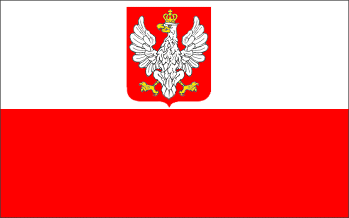
COUNTRY INFO
Poland lies in the central part of the European continent, the geometrical centre of which is near Warsaw. This is where the lines from Nordkyn in Norway to Matapan in Greece, and from Cabo da Roca in Portugal to the central Urals intersect. The boundary between the East and West European continental masses also runs through Poland.
Poland’s total surface area is 322,500 sq km.
In 2003 Poland’s population stood at 38,111,000. This figure makes it the 29th most populated country in the world and the 8th in Europe.
With the dawning of European integration, Polish culture has a noteworthy opportunity. After the fall of the Berlin Wall, some look to this part of the continent with hope, expecting ex Oriente lux – an injection of revitalising exotic power and fresh inspiration. What makes art different in this part of the world, what might be the Polish input into the work of cultural integration? n Polish culture, in which the memory of a “Republic of Many Nations” is still alive, is a “borderland culture” which appeared in the very heart of Europe. It joins the traditions of East and West – the mysticism of Orthodoxy with classical Latin, the living cult of the icon with the Jewish Hasidic tradition, the baroque mythology of the Sarmatians with picturesque folk culture. In Poland, at the crossroads of Europe, there arose a specific weave of cultural traditions which artists and writers continually refer to.
